What is a Press Brake
What is a Press Brake Machine?
A press brake is a machine designed to bend sheet metal into various shapes with precision. It operates by clamping the metal sheet between a punch and die, then applying force to create bends at specific angles.
Press Brake Application: The Breakpress is widely used in metalworking and fabrication for various applications, including metalworking, fabrication, and ornamental works. It is used for bending through Tonnage force, molds, and specialized tools.
This article discusses what is a press brake machine, how it works, different types, applications, and some additional considerations.
How Does a Press Brake Machine Work?
Press Brake machine is composed of a frame, hydraulic system, Hydraulic clamping system, and foot pedals. It uses electric motors to drive the hydraulic cylinders for air bending. The pressure is transmitted from the plunger to mold onto the metal plate. It forms predetermined bends by clamping the workpiece between a matching top tool and bottom die with adjustable pressure.
This Press Brake Tooling can be changeable according to various bending shapes. According to machine design and specific application requirements, bending can be carried out through various driving forces with various bend angles, such as mechanical, pneumatic, hydraulic, or servo-electric.
What are the Types of Press Brakes?
According to the sheet metal bending profile accuracy required, There are different types of press brake types: Mechanical press brake, Hydraulic press brake, NC Press Brake, and CNC Press Brake.
Mechanical Press Brake
A mechanical press-brake is a machine used for bending sheet metal, which applies force through a mechanical flywheel. It drives the flywheel through the electrical motor. The mechanical Press Brake uses a flywheel and clutch mechanism to generate force for bending sheet metal. The operator operates the clutch to control the flywheel, and the crank drives the movement of other parts. The mechanical press brake operation is simple, and it can handle large tonnage bending.
Hydraulic Press Brake
A hydraulic press brake is a piece of equipment used for bending sheet metal and plates, which utilizes hydraulic force to apply pressure on the material, causing it to bend at a specific angle such as 90 degree. The hydraulic press brake drives the ram movement with two synchronized hydraulic oil cylinders. Hydraulic press brakes are a significant upgrade from the mechanical press brakes.
CNC Press Brake
A CNC press brake is a machine used for bending and forming sheet metal with precision and automation. It utilizes a punch and die to clamp and form the metal between them, allowing for accurate and repeatable bends with the assistance of CNC technology. The CNC controller enables automated control of the bending process, offering high precision and efficiency. CNC press brakes offer advantages such as faster speeds, better accuracy, and the ability to handle complex bending tasks.
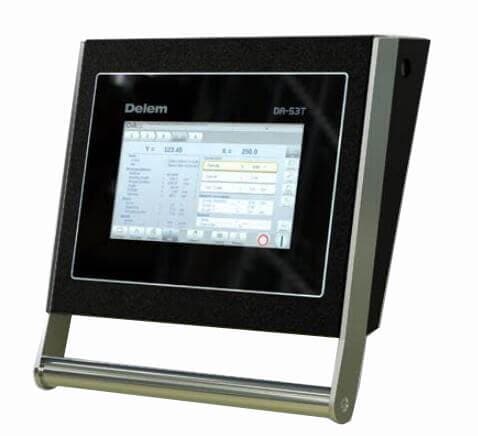
Press Brake Tooling and accessories
What is press brake Dies? Press Brake dies are a common type of metalwork tool used for press brake machines in the sheet metal industry.
Press brake dies consist of the upper punch and the bottom die. Only matched punches and dies working together on the metal plate can produce various shapes. Upgrading Your Press Brake with Custom Tooling Solutions.
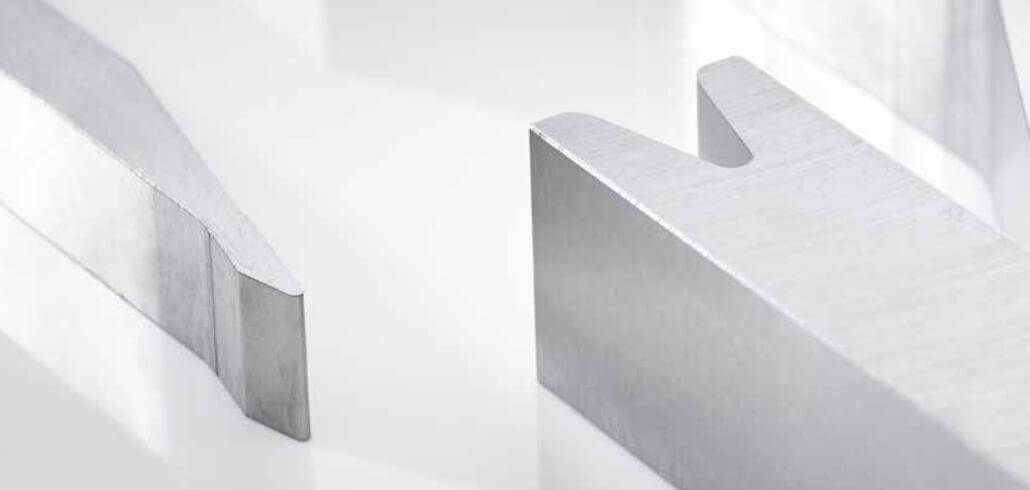
Common Applications of Press Brakes
- Automotive: Creating precise car body panels, frames, and chassis components.
- Aerospace: Forming high-strength, lightweight parts and complex airframe components.
- Construction: Manufacturing structural steel, beams, columns, and architectural elements for buildings and infrastructure.
- HVAC: Producing ductwork, vents, and other fittings for efficient airflow.
- General Manufacturing & Sheet Metal Fabrication: Bending metal to create cabinets, enclosures, shelves, and various other components.
- Other Applications: Creating metal containers, furniture, metal artwork, and parts for appliances.
Why Press Brakes are Important in Manufacturing
Break Presses are the primary machines used for precision bending and forming of sheet metal, functional components that are the building blocks of almost every manufactured product in the modern world.
There are some key reasons why press brakes hold such importance:
1. Versatility and Adaptability
Diverse Applications: breake press can create a massive variety of shapes, from simple 90-degree bends and open channels to complex, multi-angle parts, boxes, and custom profiles. This versatility is unmatched by other forming equipment.
Material Flexibility: They can handle a wide range of materials: mild steel, stainless steel, aluminum, copper, brass, and across various thicknesses.
Tooling Options: With an extensive library of interchangeable punches and dies (V-dies, gooseneck, hemming, offset, etc.), a single press brake can perform hundreds of different forming operations.
2. Precision and Repeatability
High Accuracy: Modern press brakes are equipped with advanced control systems (Delem or Cybelec) and multi-axis back gauges. This allows them to position the metal and control the ram’s depth with extreme accuracy, often within thousandths of an inch or fractions of a degree.
Consistent Quality: This precision ensures high repeatability, meaning the machine can produce thousands of identical parts over time. This is vital for mass production, reducing scrap, and meeting strict quality control standards for aerospace or automotive industry.
Compensation: Features like hydraulic crowning systems compensate for the machine’s structural deflection, ensuring the bend angle is uniform across the entire length of the sheet metal.
3. Efficiency and Productivity
Fast Cycle Times: CNC control reduces manual setup and calculation time. Operators can load a program and begin production quickly.
Complex Parts in One Setup: With advanced multi-axis back gauges and segmented tooling, break press can often form complex 3D parts with numerous bends in a single setup, minimizing handling and saving time.
4. Cost-Effectiveness
Reduced Labor: Automated back gauges and advanced controls reduce the skill level and time required for setup compared to older, manual machines.
Lower Scrap Rate: High precision minimizes errors and the need to rework or discard material, leading to significant cost savings.
Component Manufacturing: They form components for virtually every sector, including construction beams, brackets, automotive panels, aerospace structurals, and electronics enclosures.
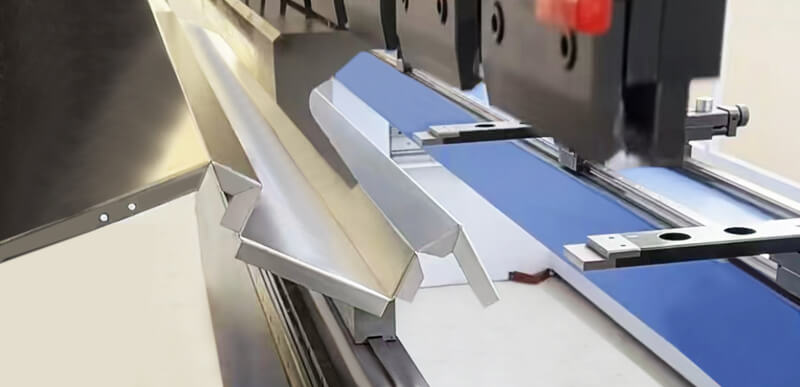
What are the benefits of Press Brake?
- Improve productivity: The press-brake can bend many metals at one time, which is more efficient and improves productivity.
- Reduced material waste: The press brake offers high accuracy and precision, preventing material waste.
- Complex forming: The break press can form complicated multiple angle parts with ease.
- Automation: Modern Press brakes can be automated to increase productivity, improve accuracy, and reduce overall labor costs
Press Brake Safety
Press brake safety is mainly for preventing injuries and ensuring the equipment is used properly. Press brakes can also be dangerous if proper safety protocols are not followed. Here are some key safety tips:
1. Training and Familiarization
Only trained and authorized personnel should operate a press brake.
Press brake operators should understand the machine’s controls, emergency stops, and the bending process.
2. Press brake machine Inspection
Always inspect the press brake before use to ensure it’s in good working condition. Check the hydraulic system, safety guards, and electrical components.
Ensure that the die is properly aligned and securely fastened.
3. Press brake operator Positioning
Maintain a safe distance from the machine’s moving parts. Press brake operators should keep their hands outside the danger zone (the area where the dies come together).
Never reach into the press-brake’s working area when the machine is in operation.
4. Safety Guards and Shields
Ensure that all safety guards, shields, and interlocks are properly in place before operating the machine. They are designed to prevent accidental contact with the moving parts.
Never bypass or disable safety features.
5. Emergency Stop and Lockout Procedures
Be familiar with the emergency stop button and how to use it in case of a malfunction or emergency.
Use lockout/tagout procedures when performing maintenance or changing dies to prevent accidental startup.
6. Tool and Die Safety
Always ensure tools and dies are properly installed, secure, and in good condition before operating the press brake.
Ensure the dies are matched to the thickness and material of the sheet metal being bent.
Regularly inspect the dies for wear and tear.
7. Clear Work Area
Keep the work area clean and free of clutter to avoid accidents or interference with the machine’s operation.
Ensure that all materials are properly secured to avoid them slipping or shifting during bending.
8. Proper Setup
Always ensure that the machine is correctly set up for the material size and type being used.
Check for proper alignment of the material before starting the machine.
9. Understanding Press Brake Bending Angles and Bending Force
Understand the forces involved in the bending process. The material may require significant force to bend, and this can result in the release of tension if not handled correctly.
By adhering to these guidelines, you can significantly reduce the risk of accidents and ensure a safe working environment while operating a press brake.
Conclusion
Press brake machines play an important role in modern metalworking, offering precision, efficiency, and versatility. Whether you’re a small workshop or a large manufacturing facility, investing in the right press brake can significantly enhance your production capabilities. With advancements in CNC technology and the availability of cost-effective options from leading China press brake manufacturers, press brakes continue to play a crucial role in shaping the future of manufacturing.


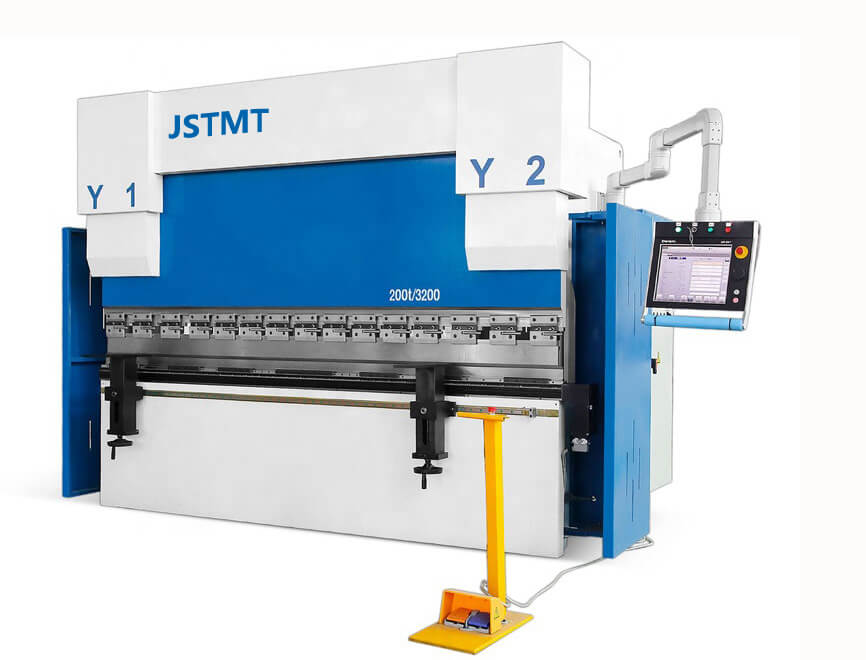
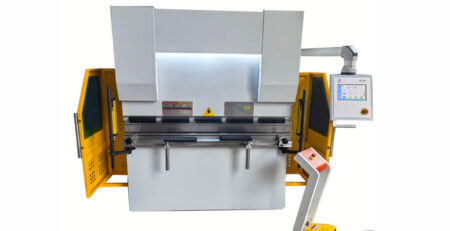
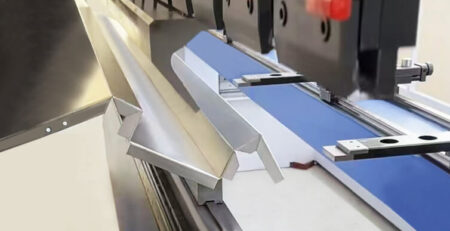
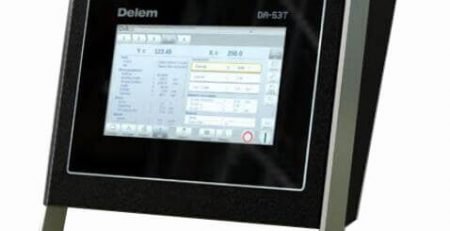
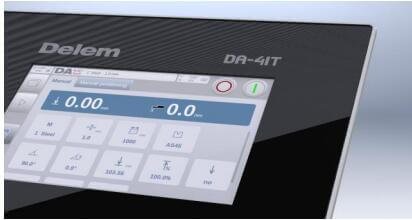
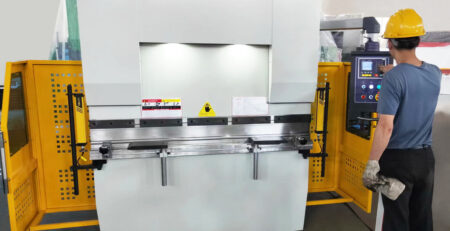
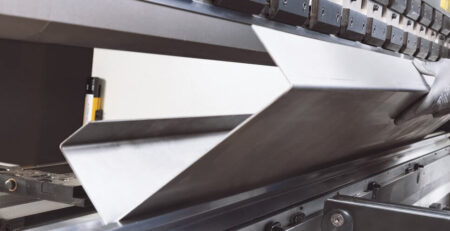
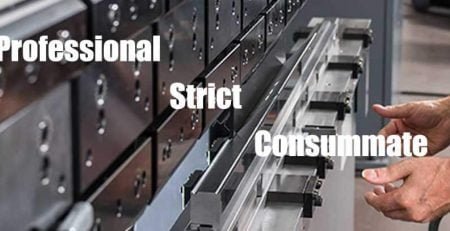
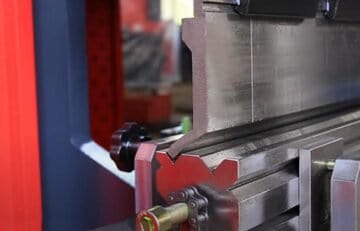
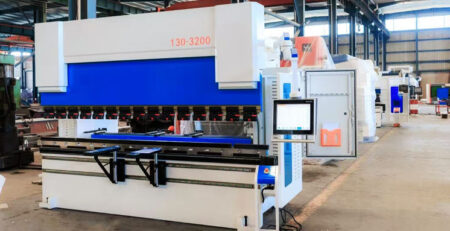
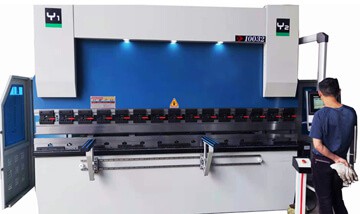
Leave a Reply